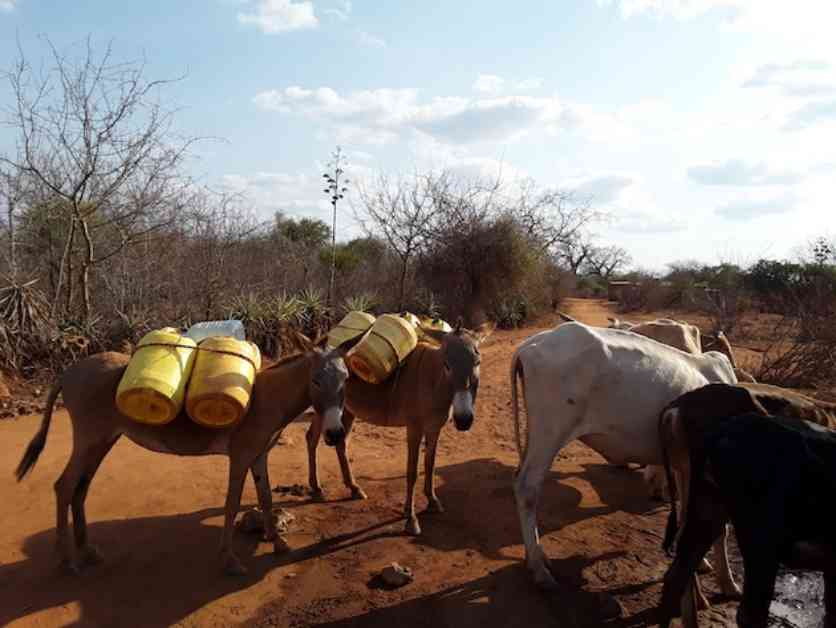Kenya has been facing climate-related disasters for years, from persistent droughts to prolonged dry spells. The recent five failed rainy seasons led to the worst drought in 40 years, affecting at least 4.5 million people in need of food assistance. This was followed by months of torrential rains, causing river and flash floods that affected over 306,520 people (61,304 families) between March 1 and June 18, 2024, with an estimated 315 deaths, 188 injuries, and 38 missing persons.
More than 293,200 people (approximately 58,641 families) were displaced, according to Reliefweb and the Kenya National Disaster Operations Center. These climate crises pose significant financial challenges for this East African nation and its climate change goals. When the government joined the Paris Agreement on climate change in 2016, committing to reduce greenhouse gas emissions by 32% between 2020 and 2030, it was estimated to require $40 billion in new investments.
With the increasing climate crisis, the financial need has also grown, requiring specific support both internally and externally. According to Kenya’s updated nationally determined contributions (NDCs), the country now needs $65 billion to meet its mitigation and adaptation goals from 2020 to 2030.
One of the challenges Kenya faces is the competition of priorities, spending more on climate mitigation and less on climate adaptation. The management of climate finance in Kenya has been opaque, with the Climate Change Fund existing for five years but not seeming operational. It is difficult to track the country’s access to climate finance and how funds are spent, despite the government raising about $1.5 billion annually.
The vulnerability of Kenya to climate change is becoming increasingly apparent, with climate-related disasters creating an economic liability equivalent to 2% to 2.8% of its annual GDP. The recent analysis of climate finance in Kenya shows that the country has reached one-third of the total funding needed for climate change adaptation investments, leaving an annual resource deficit of around $3.5 billion.
Kenya, burdened by high external debt, will need to consider the climate crisis when allocating resources. Despite limited resources, it is essential to redirect them to climate action programs, especially in critical sectors like agriculture and water that have been underfunded. Communities, especially farmers, are struggling to cope with changing weather patterns, with 98% of agriculture being rain-fed.
The government has been investing in climate action using both public and private capital. Private funding accounts for around 41% of the country’s total climate finance. Kenyan businesses have mobilized 34.4%, while the remaining 65.6% comes from foreign private investments in Kenya-based projects. Foreign private sectors predominantly invest in renewable energy projects, while philanthropic organizations are the main investors in other climate sectors like water-related projects.
Improving climate financing transparency and accountability is crucial for Kenya to achieve its ambitious climate goals. The country, like others affected, must focus on the Loss and Damage Fund and demand accountability from major contributors to the climate crisis. It is vital to prioritize adaptation over mitigation, as it has been proven to have immediate positive results for local communities.
Kenya and other developing countries need substantial financial assistance to address climate challenges, and the financial need will only increase as the climate crisis worsens. The road to climate finance for countries like Kenya may seem narrow and winding, but with strategic investments and international support, sustainable development and climate resilience can be achieved.












